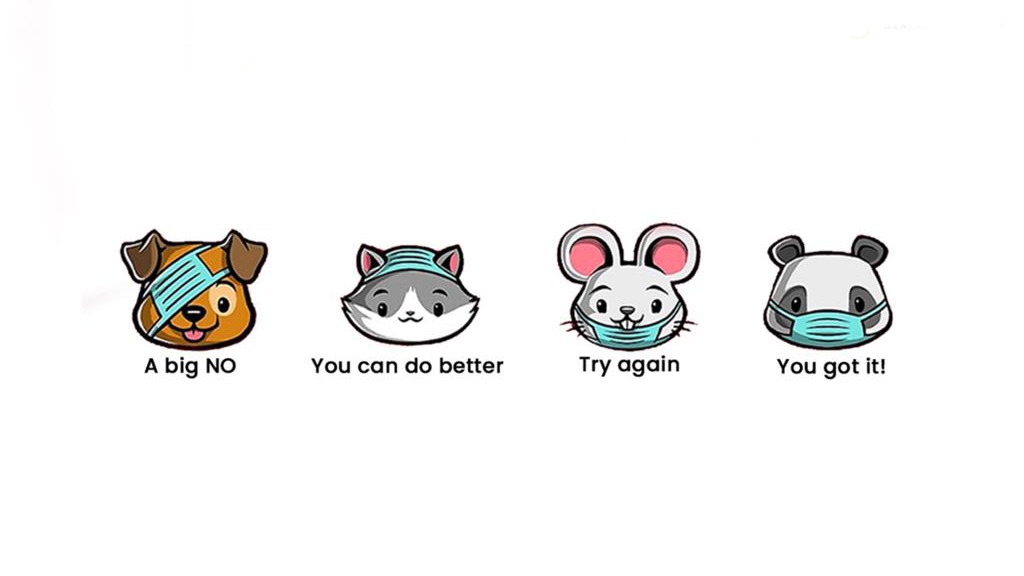Going out wearing face masks is the new normal during the pandemic and it’s not going to change anytime soon, given our protection. Even if you are partially or fully vaccinated, giving up on masks is not something we recommend as medical experts. Despite two threatening waves of Covid-19 and the third wave entering our borders, some people ignore the proper use of face masks.
So, are you wearing your masks properly? To know, here are some helpful tips and precautions to take care of while wearing masks both indoors and outdoors.
Proper use of masks
Face masks work as a physical barrier against particle droplets and fluids. The effectiveness of surgical and cloth masks can be improved when you ensure it fits well to your face contours preventing any air leakage around its edges.
There should be no gaps between the nose, mouth and chin for the air to pass through. You should be feeling warm air while breathing with a mask on.
When wearing a surgical mask, make sure to keep these points in mind:
- Choose a suitable size of the mask.
- Wash your hands properly before putting on the mask.
- Most surgical masks come with a triple layer design – an outer layer to repel fluid, a middle layer to restrict germs, and the innermost layer to absorb moisture. Make sure the one you use has all three layers for better protection.
- When using a tie-on surgical mask, tie the upper pair of strings at the crown of your head and the lower ones at your nape.
- Extend the mask to ensure it covers your nose, mouth, and chin completely.
- Press the metallic strip of the surgical masks on the nose bridge and ensure it snugs well over your face.
- Do not touch the mask while it’s on.
- While removing the tie-on mask, unfasten the ties at the nape before the ones at the crown of your head.
- Do not touch the outer surface of the mask while taking it off as it may have germs.
- Discard the used mask in the bin and wash your hands properly.
- Change your surgical masks frequently. Ideally, it should be discarded after one use.
Note: When using cloth masks, follow the above measures. Although you can reuse the cloth mask, you must wash it well after each use.
Precautions while wearing a mask:
- Do not put a mask on kids below the age of 2 years
- People with breathing difficulties shouldn’t wear masks
- Do not consider face masks as an alternative to social distancing.
Types of masks
Cloth masks
These are made from different kinds of fabrics and are available in various types. You must look for the ones that are made of breathable fabric and firmly woven. It must have a nose wire and should block light when you hold up to bright light.
Do not use cloth masks with exhalation vents or valves. You should refuse single layer masks and the ones made of low-quality fabric.
Note: For better protection, you can wear two masks – one disposable mask underneath the cloth mask.
Disposable masks
Surgical masks or medical masks are used as disposable masks. These are easily available in pharmacies. You must look for one that has multiple layers of non-woven material. Choose one with a nose wire.
Do not use surgical masks having gaps around their edges. Discard the wet and dirty ones immediately.
Labelled masks
Some masks are designed and medically tested to prove their efficiency in performing consistent protection and prevention of the spread of the virus. These masks are labelled to show they meet medical standards.
Look for face masks labelled as KN95, ASTM F3502, and ‘meets workplace performance’, etc. If you have a specific type of facial hair, do not wear labelled masks. Discard them when wet or if it gets difficult to breathe.




